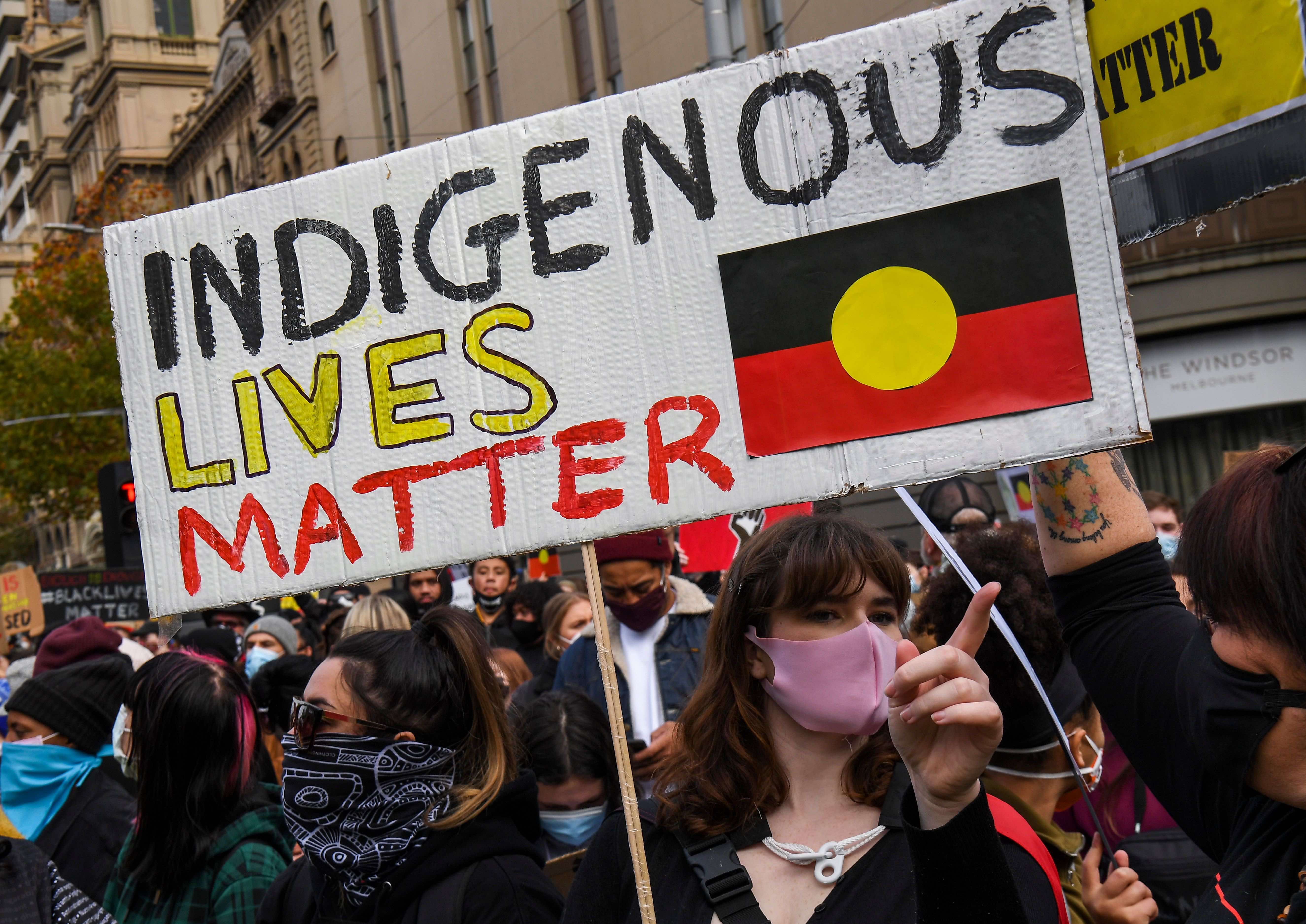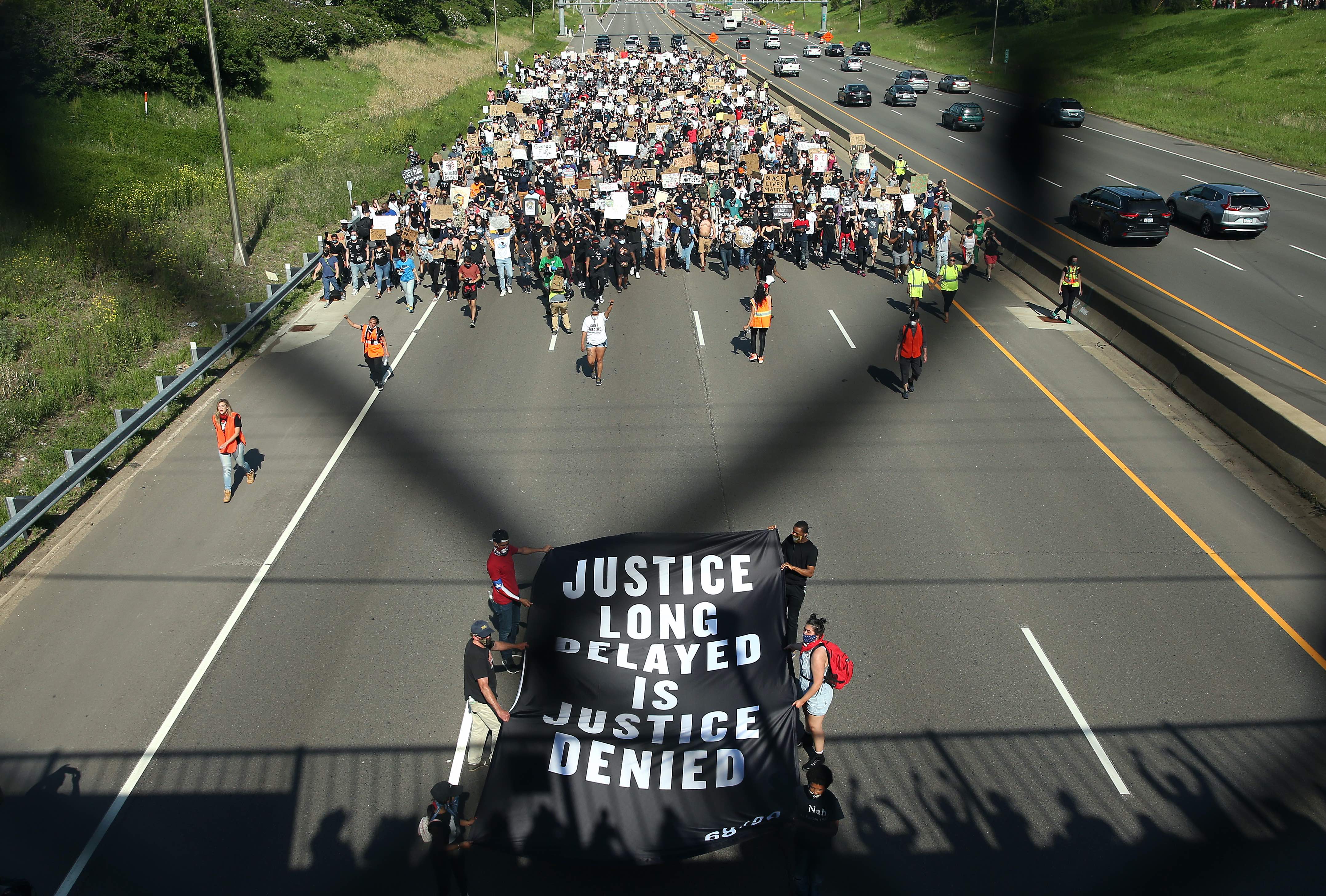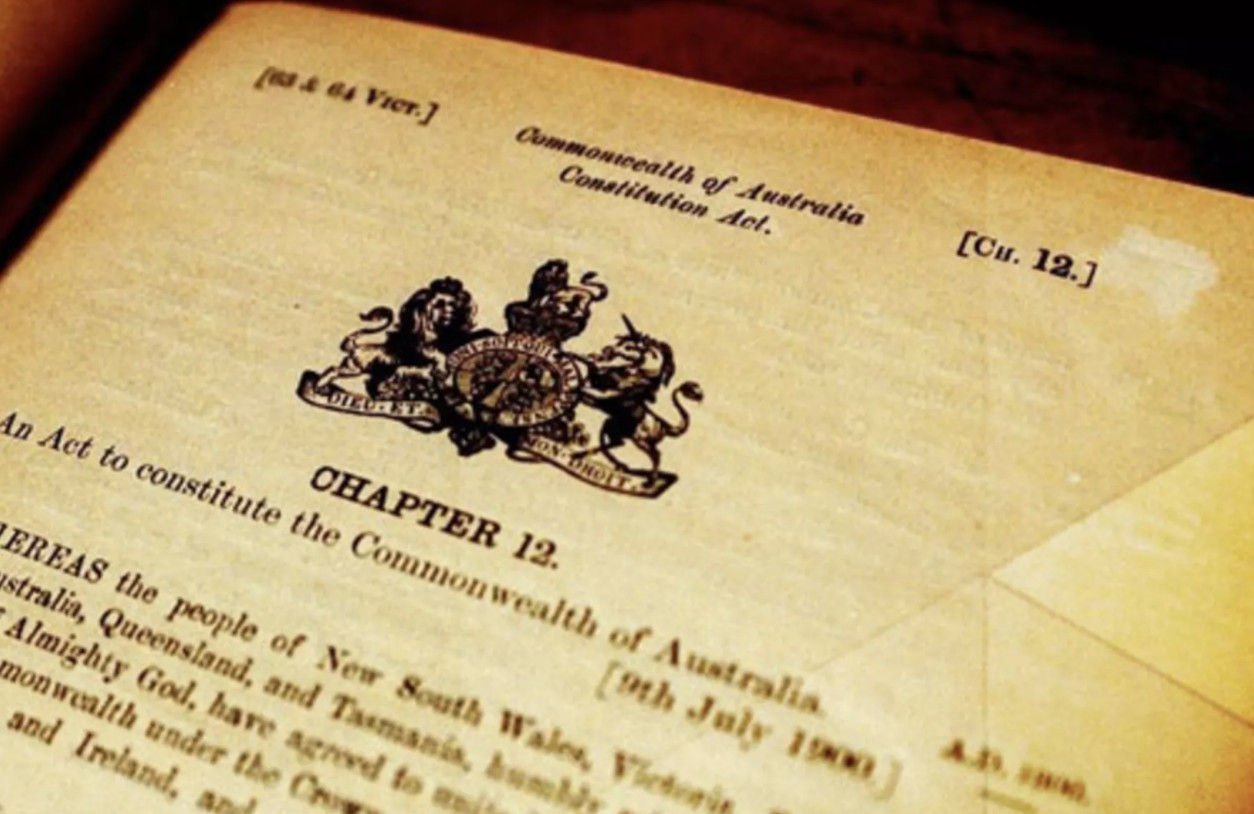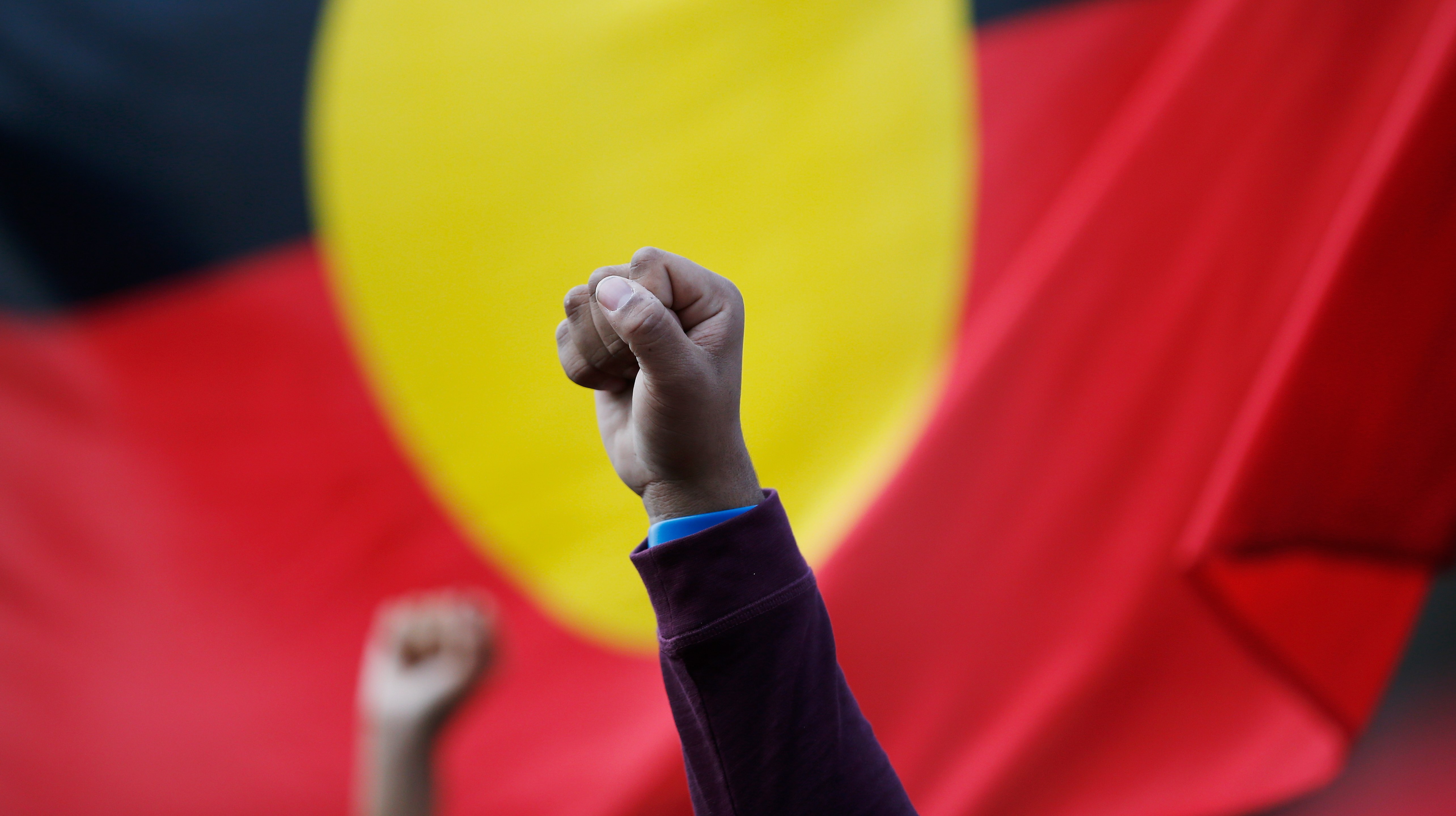
Health & Medicine
Connecting culture and health

Inequality was woven into Australia’s original constitutional structures and continues today; until that changes, the system remains structurally stacked against Indigenous interests
Published 28 June 2020
The death of George Floyd has triggered an important global discussion about structural racism, including here in Australia.
Structural racism describes the power imbalances that are embedded in institutions and systems, especially where institutions carry unequal and unjust historical legacies.

Structural racism is a serious problem in Australia.
At three per cent of the population, Indigenous people are 29 per cent of the Australian prison population. As Cape York Partnership founder Noel Pearson identified, Indigenous Australians are the most incarcerated people on the planet. Between 1990 and 1995, Indigenous people were 16.5 times more likely than non-Indigenous people to die in custody. But, almost 30 years since the Royal Commission into Aboriginal Deaths in Custody, the Indigenous incarceration rate has doubled. These facts are more than just the product of a few racist ‘bad apples’ in the police force; they are clear evidence of the structural inequities that persist in the systems of Australian governance.

Health & Medicine
Connecting culture and health
Australia has so far failed to implement the structural reform necessary to change this concerning trajectory. As the UNSW Pro Vice-Chancellor Indigenous Megan Davis observes, the Royal Commission called for structural reform to empower Indigenous people in their affairs.
So far, this key recommendation has not been implemented and deaths in custody continue at alarming rates.
These trends cannot be solved simply by overcoming individual prejudice.
Structures developed in inequitable circumstances are not neutral, even if they might be administered by non-racist individuals. In both the US and Australia, structural racism began with colonisation, was consolidated at the inceptions of the respective constitutions and continues in systems today.

In the US, the Constitution was framed to placate slave-holders, and endorsed the continuation of slavery in the statement that a slave counted as three-fifths of a person for electoral purposes.
Although this provision was reformed after the Civil War, these attitudes continued under the “separate but equal” doctrine for another century.
This structural legacy contributes to current patterns of disadvantage, where African Americans are more likely to live in “high crime” neighbourhoods and are, as a result, more likely to be stopped and potentially assaulted by police.

Arts & Culture
Race, change and time in the USA
Inequality was also woven into Australia’s original constitutional structures. There was no foundational treaty with Indigenous groups. As the colonies moved toward Federation, there were no Indigenous representatives included in the constitutional conventions, so Indigenous people could not negotiate themselves a fair place in the compact of 1901.
Instead, the Constitution — otherwise progressive on the franchise — explicitly excluded Indigenous people, deeming that “aboriginal natives shall not be counted” for electoral purposes.
In 1967, these words were deleted and the federal parliament was conferred power to make laws for Indigenous affairs under the “race power”.
But there is still no requirement that Indigenous people be specifically heard in laws and policies made about them.

The system remains structurally stacked against Indigenous interests. As a three per cent minority, Indigenous Australians struggle to be heard through ordinary democratic processes. Notably, Australia’s federal Constitution guarantees the voices of all pre-existing political communities are fairly represented – all except the most ancient political community: Indigenous peoples.
It even guarantees Tasmania — a political community smaller than the Indigenous community — 12 Senators. But Indigenous people are afforded no specific constitutional mechanisms through which to be heard.

Business & Economics
The toxic spread of COVID-19 racism
And, unlike the US, the Constitution contains no guarantee of equality before the law.
These power imbalances enabled extensive discrimination: laws denying Indigenous people the vote, denying equal wages, controlling where they could live and who they could marry. Historically, policies like this helped facilitate dispossession and caused continuing disadvantage.
Structural inequalities remain painfully evident in the criminal justice system.
As a former Chief Justice of Western Australia explains, “at every single step in the criminal justice process” – whether in arrests, summons, bail hearings, sentencing or in parole – Indigenous people “fare worse than non-Aboriginal people.”
The Uluru Statement correctly identifies the need for a structural response to the structural phenomenon of over-incarceration.

“Proportionally, we are the most incarcerated people on the planet. We are not an innately criminal people,” it declares. Rather, “these dimensions of our crisis tell plainly the structural nature of our problem.”
The Uluru Statement’s proposed solution, a First Nations constitutional voice, is in keeping with the Constitution.
Australia’s Constitution does not enshrine many individual rights. Instead, where the interests of a particular political community – like the sparsely populated State of Tasmania – are endangered, it contains mechanisms to ensure that community’s voice is heard in political processes.

Politics & Society
Detention increases COVID-19 health risk
If Indigenous Australians are constitutionally empowered with a fairer voice in laws and policies made about them, they can better point out structural barriers and help create informed solutions that governments could not devise unilaterally.
Working together, we will be better placed to solve vexing issues like over-incarceration. But legislative change is not enough: the Aboriginal and Torres Strait Islander Commission was too easily abolished.
A constitutional guarantee is essential for lasting change.
Constitutional change requires a ‘double majority’ referendum. It is difficult for Australia’s smallest and most disadvantaged minority to persuade the other 97 per cent to change the system.
That is why non-Indigenous Australians must also demand reform. If we all push for change, Australia can show the world our unique constitutional solution to the legacy of structural racism.
Banner: Getty Images